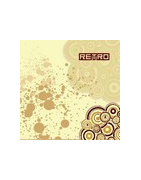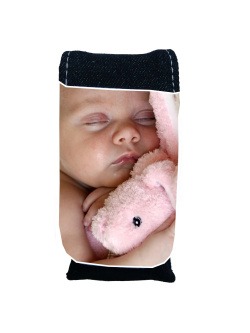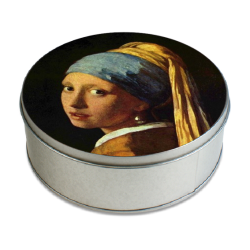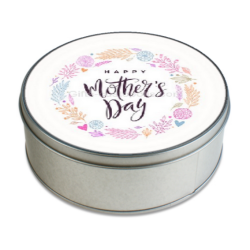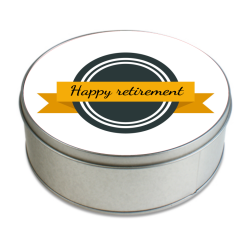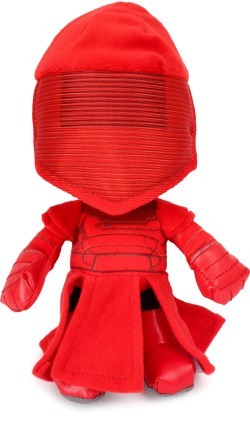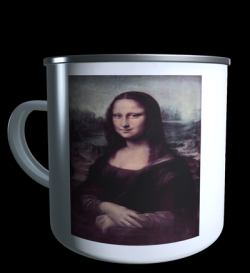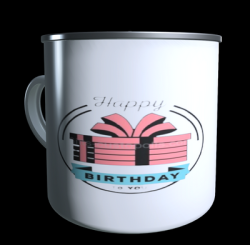Metal key tag to customise
A metal keychain is elegant and durable, with a chic design. An everyday accessory must have a pleasant look and aesthetic. In a few clicks add the photo of your choice. How about a photo of your fiancé (e) to always have him near you and vice versa. A brilliant and imperishable idea to offer a gift on the occasion of small and big romantic moments. For mom's or dad's day, what parent wouldn't be super happy to receive such a cute keychain with the photo of their adored children. Send us the most beautiful portrait to make mom or dad fall in love. Offer this key ring in shiny or matt metal according to your preference with a beautiful photo of your choice. It is the ideal personal gift for your grandparents, godfather, godmother, daughter, son, friend... For all occasions or during an exceptional event such as the arrival of a new baby in the family! This key ring in matt or shiny metal is particularly suitable for business gifts. Give us the photo of your logo, badge or label, and we print for you. Your customers will be delighted to receive an elegant and durable keychain just like your establishment. Certainly a popular, traditional and stylish promotional gift.
- Personalisable





































